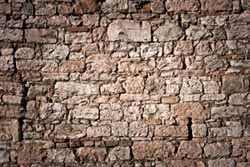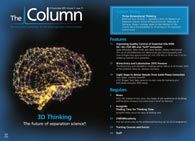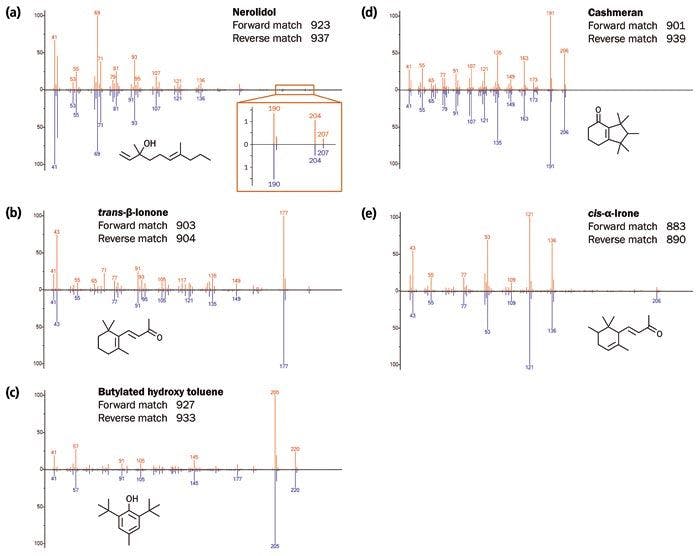Searching for Salt in Historical Buildings
A team of scientists has analyzed and evaluated the impact of salt weathering on an historical house using a combination of ion chromatography (IC), chemometrics, and thermodynamic chemical modelling.
A team of scientists has analyzed and evaluated the impact of salt weathering on an historical house using a combination of ion chromatography (IC), chemometrics, and thermodynamic chemical modelling.1
(Photo Credit: millionhope/Getty Images)

The degradation of building materials is a natural and irreversible process. Preventative measures can be put in place, but before this can happen the causes of the degradation must be understood. The crystallization of soluble salts is a major cause of degradation in stone buildings. The salts are easily transported through the porous material via water. The salts then crystallize, which creates pressure within the material. When the pressure exceeds the internal strength of the stone, deterioration of the building materials becomes clear. The study team therefore devised an analytical method to evaluate the conservation state of materials used in an historical building.
The building under investigation was Basozabal Palace House, which is located in the Basque Country, Northern Spain, close to the coast. Sampling of the building was performed during the month of February. The quantification of soluble salts was performed using IC coupled to a conductivity detector. Soluble fluoride, sulphate, nitrite, chloride, calcium, sodium, potassium, and magnesium concentrations were found and quantified. The percentage of sulphate, chloride, and nitrate in the samples were calculated separately to establish the severity of the damage. The majority of the samples showed severe levels (> 35%) of salt, exceeding the limit of 10% considered to be serious.
Chemometrics and thermodynamic modelling software were both applied to highlight the formation mechanisms of the degradation compounds.
The method was able to determine the source of the degradation to be acid water, which was infiltrating from the ground. The study highlights the importance of understanding the chemistry behind the damage caused by salt weathering to building materials, and the importance that this can have for conservators as they work to tackle the problem. - K.M.
Reference
- Olivia Gomez-Laserna et al., Anal. Methods 7, 4608–4615 (2015).

New TRC Facility Accelerates Innovation and Delivery
April 25th 2025We’ve expanded our capabilities with a state-of-the-art, 200,000 sq ft TRC facility in Toronto, completed in 2024 and staffed by over 100 PhD- and MSc-level scientists. This investment enables the development of more innovative compounds, a broader catalogue and custom offering, and streamlined operations for faster delivery. • Our extensive range of over 100,000 high-quality research chemicals—including APIs, metabolites, and impurities in both native and stable isotope-labelled forms—provides essential tools for uncovering molecular disease mechanisms and exploring new opportunities for therapeutic intervention.
New Guide: Characterising Impurity Standards – What Defines “Good Enough?”
April 25th 2025Impurity reference standards (IRSs) are essential for accurately identifying and quantifying impurities in pharmaceutical development and manufacturing. Yet, with limited regulatory guidance on how much characterisation is truly required for different applications, selecting the right standard can be challenging. To help, LGC has developed a new interactive multimedia guide, packed with expert insights to support your decision-making and give you greater confidence when choosing the right IRS for your specific needs.

.png&w=3840&q=75)

.png&w=3840&q=75)



.png&w=3840&q=75)



.png&w=3840&q=75)











